Science Report
Camila Castillo
15 Novermber 2017
Hi, Kay!
Hope everything is ok on planet Earth! Peru is playing the football match that could lead us to the World Championship and I can’t really hide how excited I am!
Now, to the important stuff, like the science!
Things in the lab are well. I have confirmed that I can work in a sterilized place and there is no danger whenever I am trying to do my bacteria cultivation, so, thanks to the arrivement of the broth (Thanks, Shannon!) I could start doing some essays on the soil and plants we collected on the vegetative area. My goal would be to have an initial characterization of the microbes living here. I found that interesting.
I have some freaky results I would have to analize later at planet Earth refering to my plants growing in dishwater. I find it surprising that one of the highest concentrations of soapy water could actually be an enviroment for some plants to grow. How are this plants different from the normal plants? Could we use this kind of dilutions to recycle water at Martian habitats? It could be interesting for the future to analize this. I just started that as some side project and now I am asking myself some questions. This is really strange.
As for other projects, my main project will have to wait for a bit more. It seems that the strain I brought has been contaminated. That’s my own mistake, though. Streptomyces can be a pain to work with. So I will have to go back to Peru with some soil to analyze at my lab. I already talked with Shannon about this possibility.
Two crewmembers were working with plants and we noticed how the soil, that has the properties of clay (I could make a cat with that), might be restricting the plant to grow as it dries. We will have to somehow adress this problem whenever we work with the same soil in the future. As for now, I have tried some solutions for this problem.
Geology testings on the soil samples continue to be done at the lab. And we are trying to do the same characterization for the plant soil samples we have.
I will be attaching some photos today.


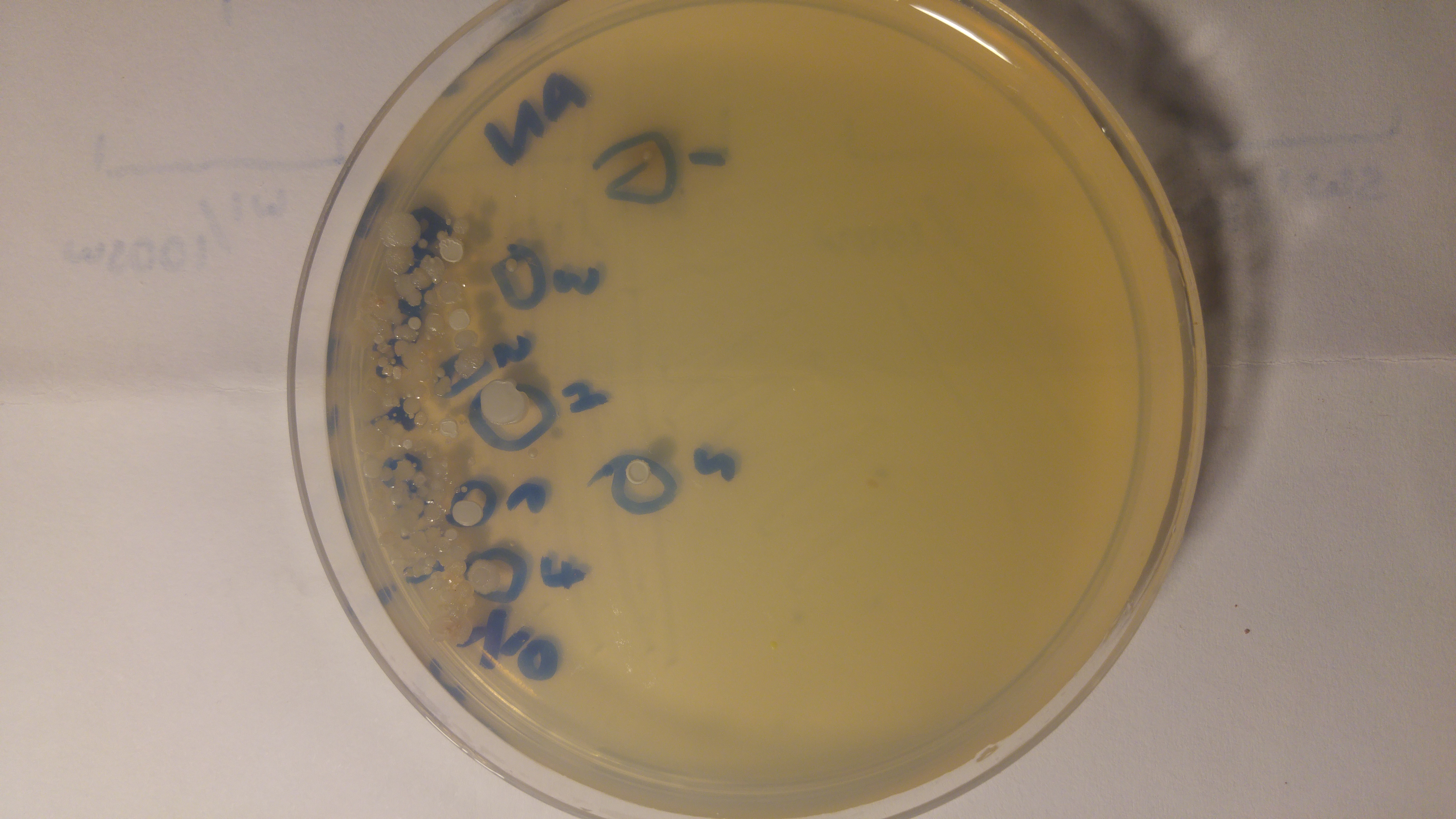
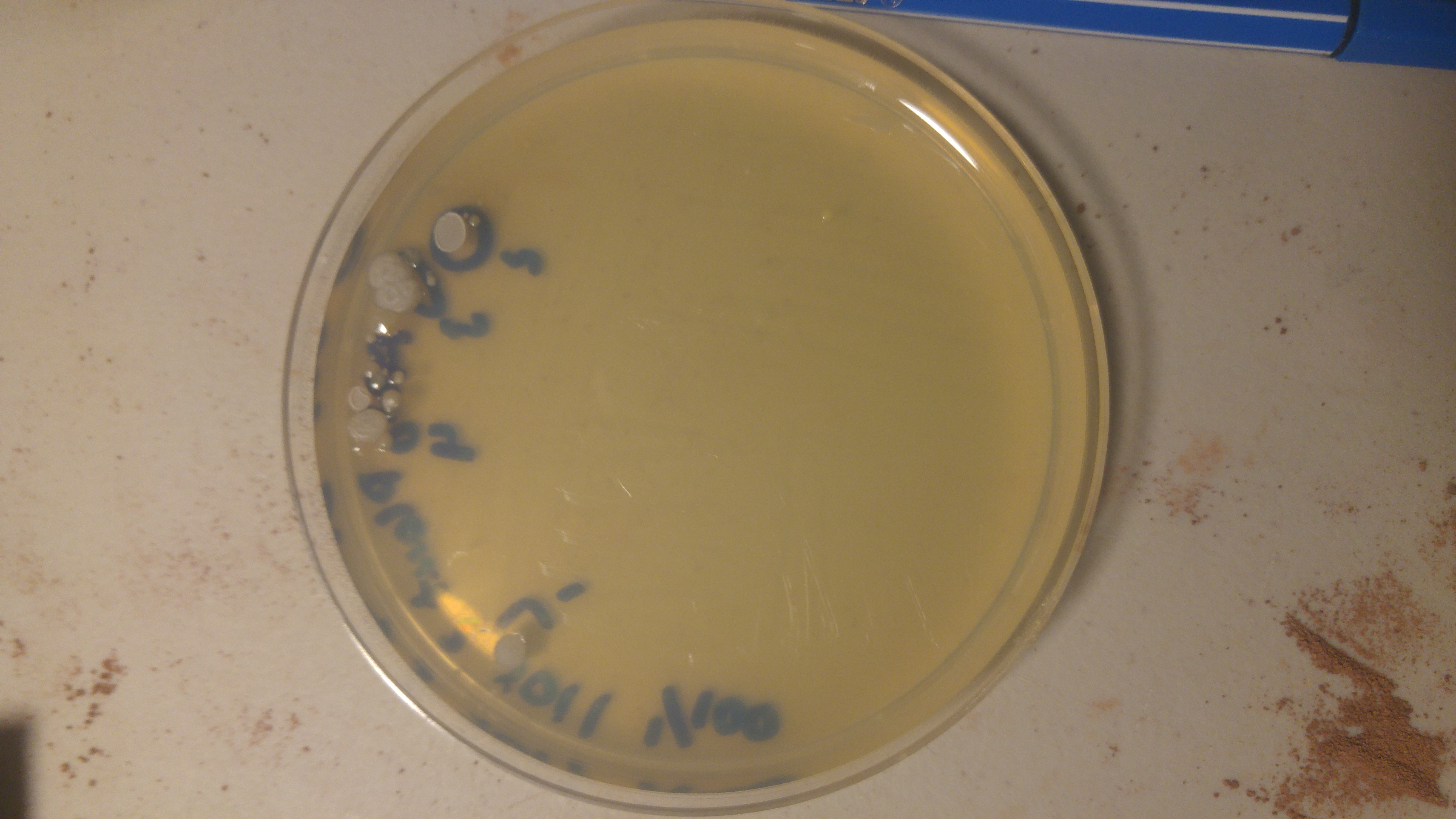
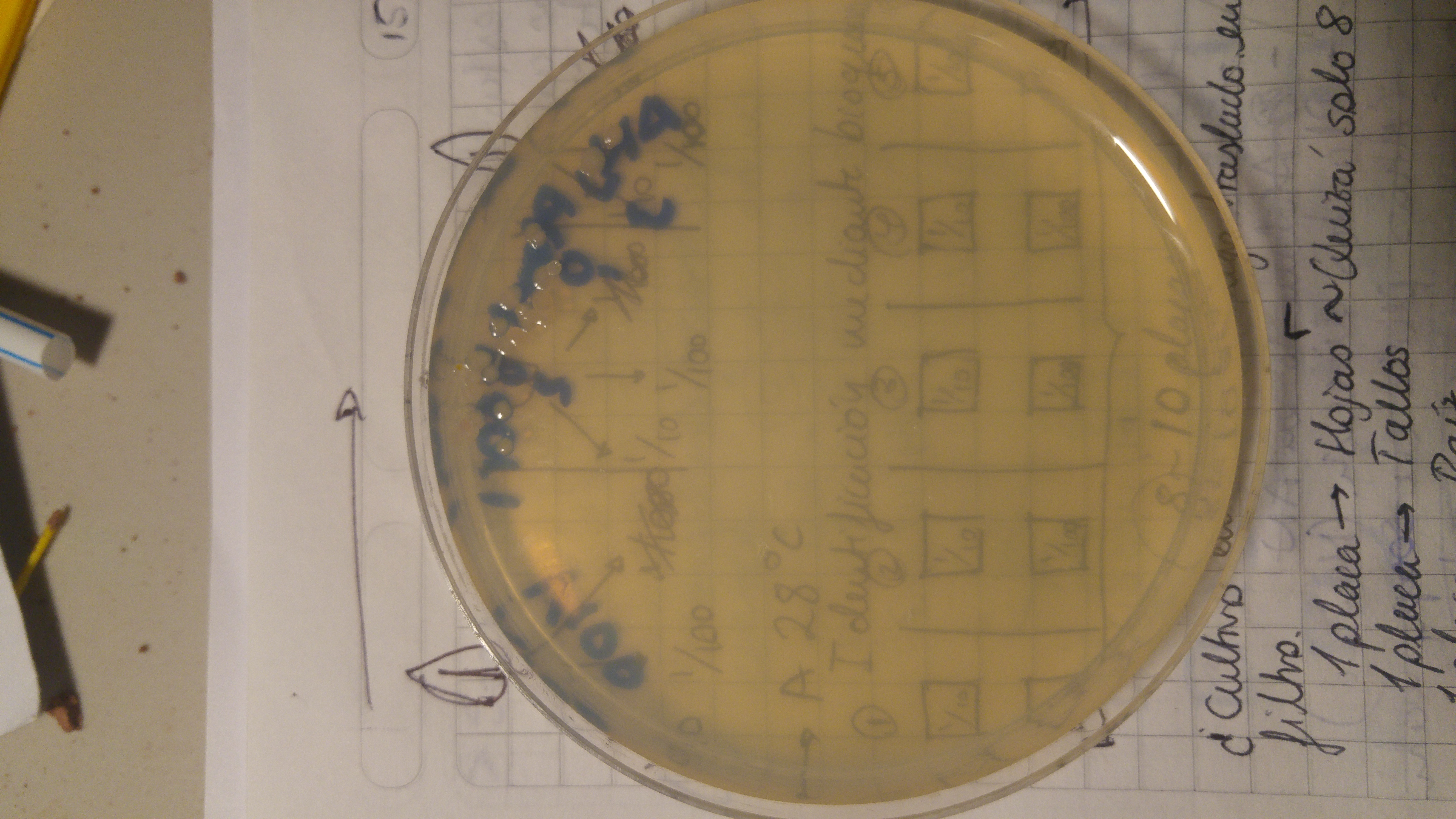
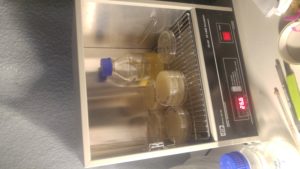
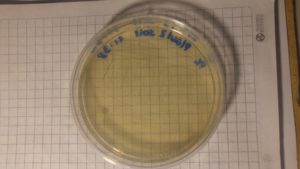

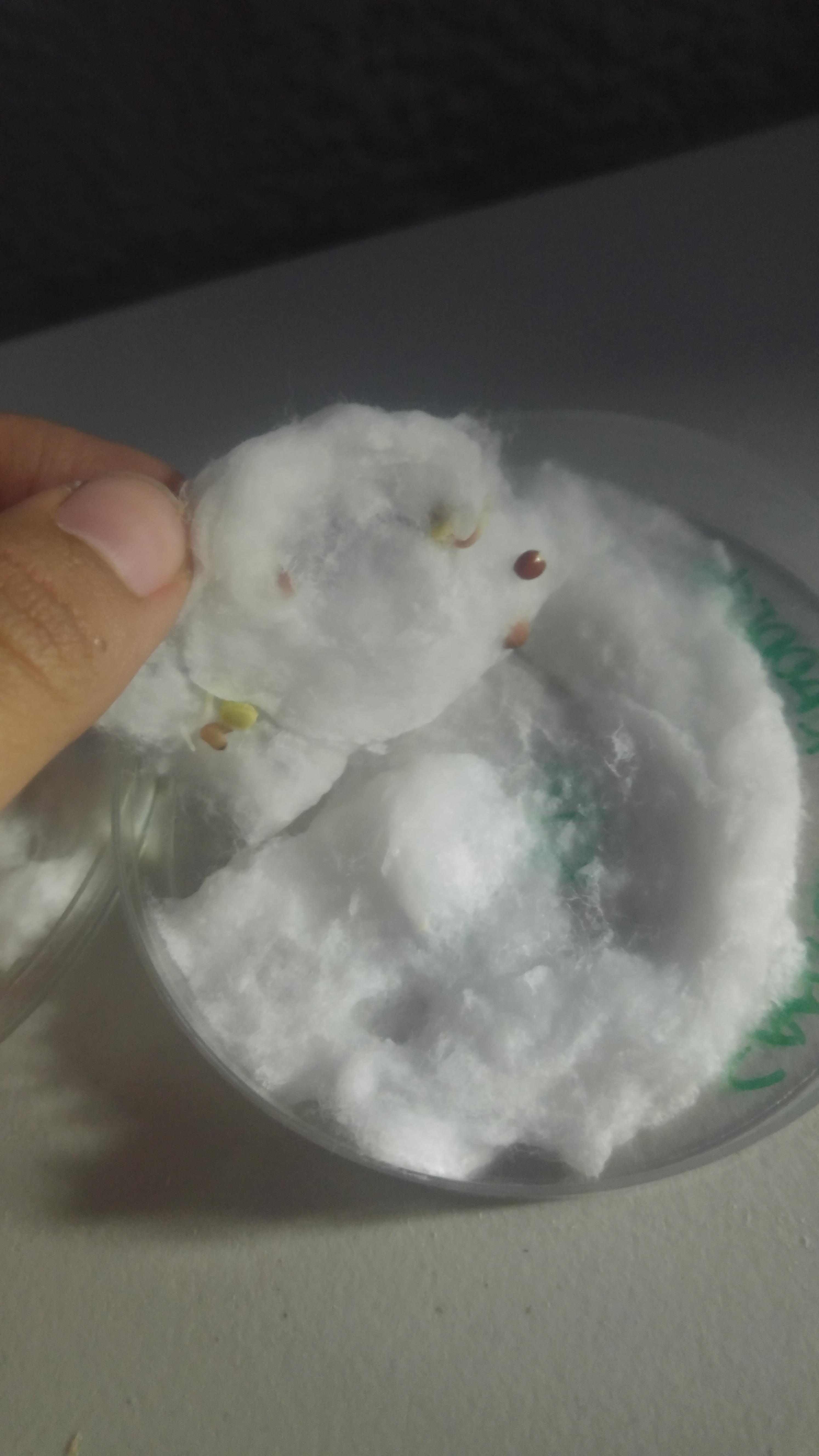

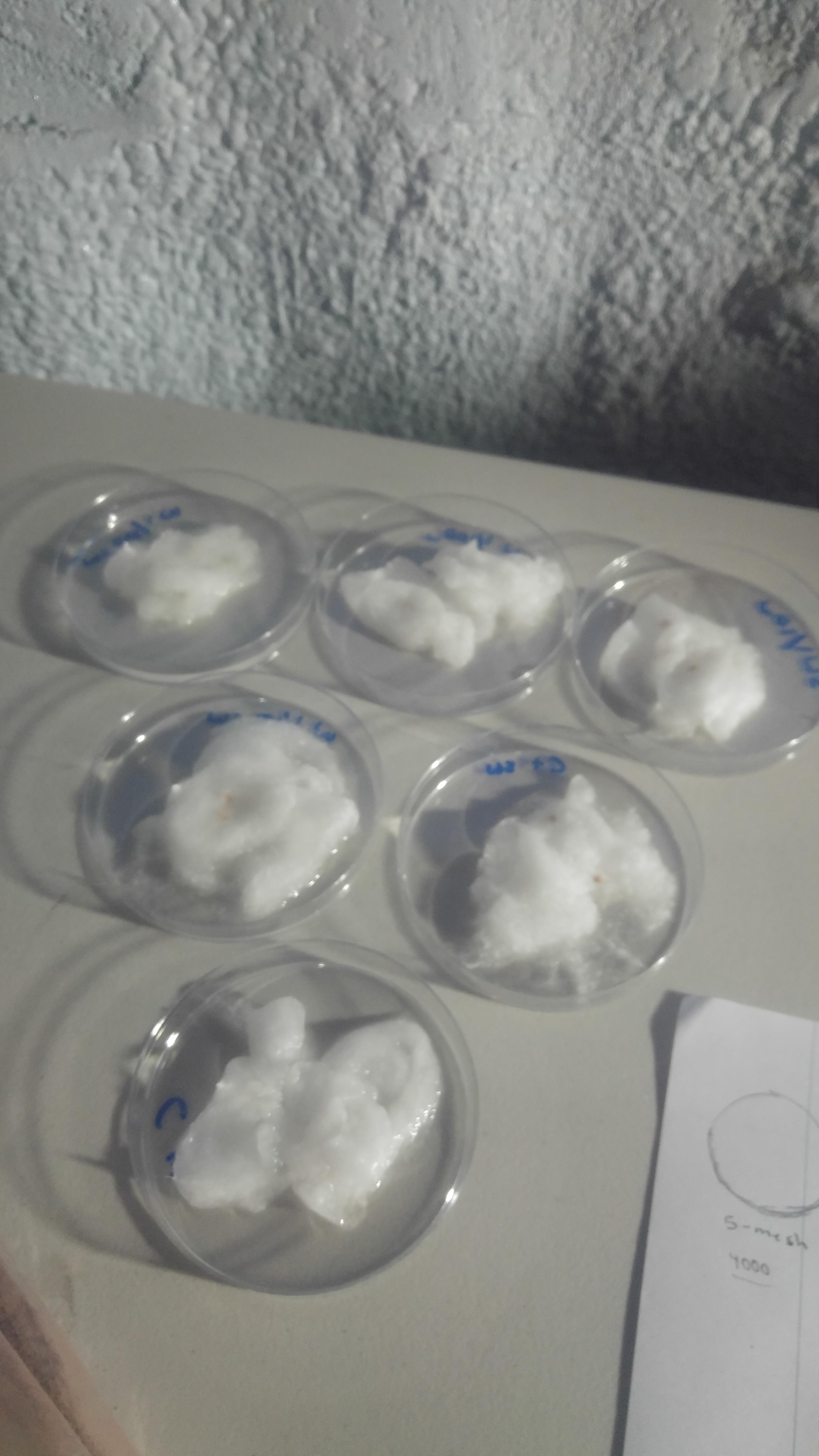

You must be logged in to post a comment.